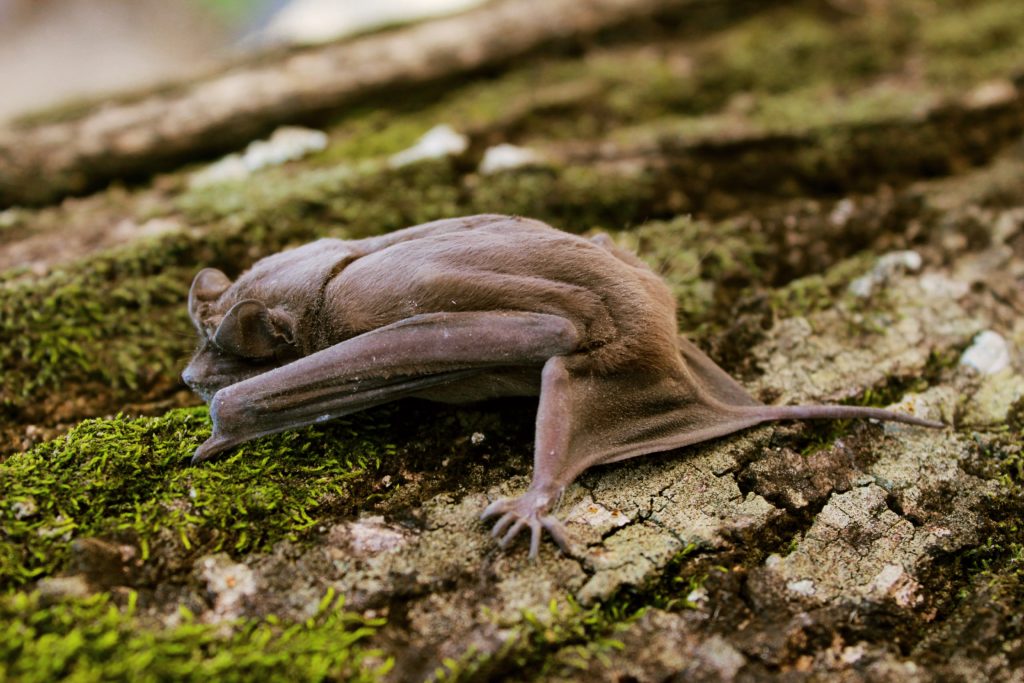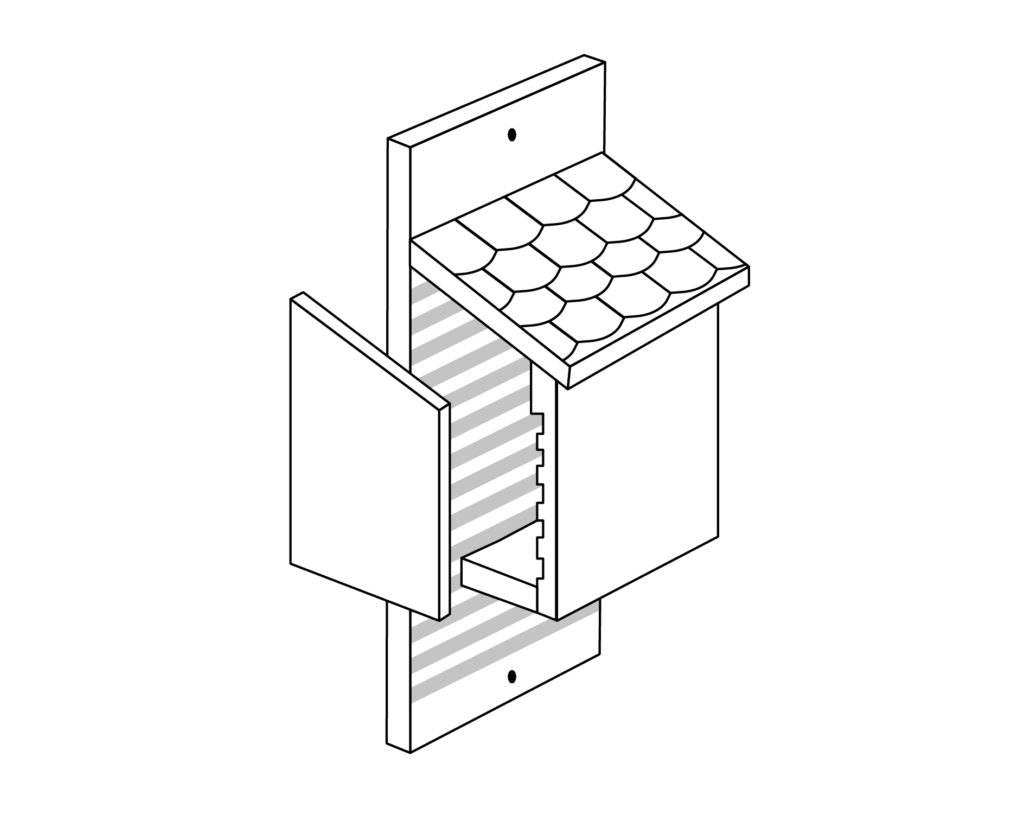Why Every Backyard Needs a Bat Box
Bats get a bad rap. In films, they indicate horror settings or dangerous places. Vampires turn into bats. The superhero Batman is a moody loner, dark and mysterious. But in truth, bats are remarkable little creatures.
Unlike Batman, bats tend to be very social and live in large colonies. They’re smart and resourceful, have cool superpowers like echolocation to navigate in dark caves and at night, and if you’ve ever seen a picture of a little furry baby bat up close, you know that, reputation aside, bats are downright adorable.
Bats are also essential to our ecosystem and incredibly useful friends to have around. The good news is, you can easily make them feel at home with this fun weekend project. Here’s how to build a welcoming little bat box for your new nighttime pal.

Why You Should Want Bats Around
Bats play an important role in the ecosystem. Some feed on nectar and are pollinators. Some eat fruits and disperse seeds. Their droppings can be used as fertilizer. Most significantly, bats eat night-flying insects and bugs that can be a threat to agriculture. In fact, they are believed to be vital in helping to control the spread of insect-borne diseases including malaria.
Bracken Cave in Comal County is home to one of the largest bat colonies in the world, and that clan of sometimes 20 million bats eats corn earworms and cotton bollworm moths, helping to save Texas millions of dollars in damage to crops each year.
How Bat Boxes Work
Whether or not you’ve ever seen a bat in your neighborhood, chances are — especially in Texas — they are already there. At least 33 species of bats share our state with us, and 11 are known to live near human populations. They make their homes under tree bark and in tree cavities and hollowed-out trees, in abandoned mines, and in crevices under bridges. To coax them to your yard, all you need to do is provide a cozy habitat.
Bat boxes are simple wooden structures that imitate the kind of conditions bats find in the wild: narrow, tight spaces with rough-textured interior walls located in a spot that can stay warm, thus emulating the cozy space between the bark and the trunk of a tree and creating a place for your bats and their babies to curl up.

The Right Conditions
It might go against their whole vampire aesthetic, but bats actually need a lot of sun to stay warm, and bat boxes must provide a reliably warm environment. It’s also important that you keep your new friends safe from predators. Your bat box should be:
- Near a water source: so they can easily hydrate when they wake up at night.
- In a sunny spot: so the babies can stay warm.
- Painted: to help regulate temperature. Choose medium to dark browns and grays, or lighter shades in Texas’s hotter regions (e.g., the Rio Grande Valley and western Hill Country).
- High up: At least 15 feet off the ground and out-of-reach of predators.
- Away from trees: At least 20 to 25 feet away from the nearest tree branches, away from the threat of tree-climbing predators. Freestanding or attached to your house is preferable.
- Big enough to be comfy: The most successful bat boxes have roost chambers at least 20 inches tall and at least 14 inches wide — taller and wider houses are even better.
Bat Box Materials
Here are the materials you will need for a four-chamber bat nursery. Keep in mind cedar or poplar lumber are recommended for your little construction; make sure you steer clear of pressure-treated wood that may contain chemicals toxic to the animals.
- 2′ x 2′ plywood, ½”
- 2′ x 2′ plywood, 3/8″
- 1″ x 6″ x 8′ pine or cedar wood (3/4″ x 5 ½” when finished)
- 1 5⁄8″ coated deck or exterior-grade screws
- 1 1⁄4″ coated deck or exterior-grade screws
- 1″ exterior-grade screws
- Dark, exterior-grade, water-based stain
- Exterior-grade, water-based primer
- Flat, exterior-grade, water-based paint or stain
- One tube paintable latex caulk
- Black asphalt shingles or galvanized metal
- 7⁄8″ roofing nails
- Table saw or handsaw
- Caulking gun
- Power drill with screw bits
- Paintbrushes
- Tape measure or yardstick
Building Your Bat Box
Bat boxes are fun crafts you can easily knock out with the kids on a blustery October weekend. For the exact design and specifications, go with the recommendations of the nonprofit Bat Conservation International (BCI), which recommends building a multi-chamber house, if possible.
To build your house, follow the cutting guide in BCI’s plans to cut the plywood into the shapes required to create the exterior walls and interior chambers in the house. The ½-inch plywood will be used for the shell’s front and back and the 3/8-inch plywood will be used to create the roosting partitions. The 1-inch board will be cut to create spacers that will help set roosting spaces. Don’t worry — the cuts are simple, and once you have all the pieces, they screw together simply. Then, seal with caulk and stain.
Enjoying Your Bat Friends
If the bats don’t move immediately into their new home, don’t panic. If the conditions are right, they will find it. Then, in the evening, you can pull out a lawn chair and watch as the amazing little guys flutter about, beginning their long night watch of keeping your yard free of pests.
© 2019 Texas Farm Bureau Insurance



